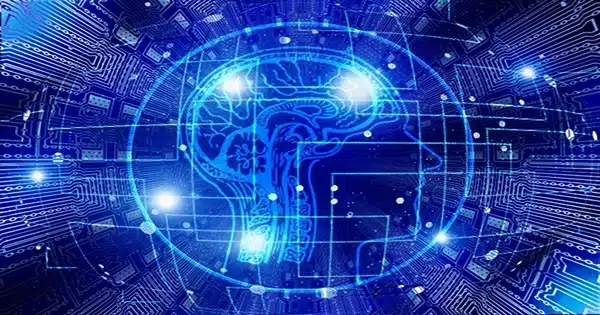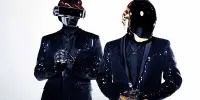Artists who have stood helplessly by as their online creations have been picked off without authorization by AI web scraping operations can now fight back.
The University of Chicago announced the creation of a program that “poisons” visuals used by AI businesses to train image-generating models. Nightshade is a tool that manipulates image pixels to change the outcome during training. Prior to processing, the modifications are not visible to the human eye.
According to Ben Zhao, author of the paper “Prompt-Specific Poisoning Attacks on Text-to-Image Generative Models,” Nightshade can sabotage data such that photos of dogs, for example, are changed to cats during training. In other cases, car images were transformed into cars, and hats were transformed into cakes. The paper is available on the arXiv preprint server.
“A moderate number of Nightshade attacks can destabilize general features in a text-to-image generative model, effectively disabling its ability to generate meaningful images,” according to Zhao.
He described his team’s work as “a last line of defense for content creators against web scrapers that ignore opt-out/do-not-crawl directives.”

Artists have long been concerned about businesses like Google, OpenAI, Stability AI, and Meta, which collect billions of photos online for use in training datasets for profitable image-generating programs while failing to compensate creators.
Such tactics, according to Eva Toorenent, an adviser for the European Guild for Artificial Intelligence Regulation in the Netherlands, “have sucked the creative juices of millions of artists.”
“It is absolutely horrifying,” she stated recently.
Zhao’s team demonstrated that contrary to popular perception, disrupting scraping activities does not necessitate uploading vast volumes of changed photos; instead, they were able to achieve disruption with fewer than 100 “poisoned” samples. They were able to accomplish this by employing prompt-specific poisoning attacks, which require considerably fewer samples than the model training dataset.
Nightshade, according to Zhao, is a beneficial tool not only for individual artists but also for huge corporations such as film studios and game producers.
“For example, Disney might apply Nightshade to its print images of ‘Cinderella,’ while coordinating with others on poison concepts for ‘Mermaid,'” Zhao told me.
Nightshade has the ability to shift art styles as well. For example, a prompt seeking a Baroque-style image may result in Cubist-style imagery instead.
The technology is being developed in the face of growing hostility to AI businesses copying web information in accordance with what the companies claim are fair-use standards. Last year, lawsuits were launched against Google and Microsoft’s OpenAI, accusing the companies of inappropriately exploiting copyrighted information to train their AI systems.
“Google does not own the internet, it does not own our creative works, it does not own our expressions of our personhood, pictures of our families and children, or anything else simply because we share it online,” said Ryan Clarkson, an attorney for the plaintiffs. If proven guilty, the companies could face billions of dollars in fines.
In court papers, Google asks for the action to be dismissed, claiming that “using publicly available information to learn is not stealing, nor is it an invasion of privacy, conversion, negligence, unfair competition, or copyright infringement.”
The project, according to Toorenent, “is going to make [AI companies] think twice, because they have the possibility of destroying their entire model by taking our work without our consent.”
















